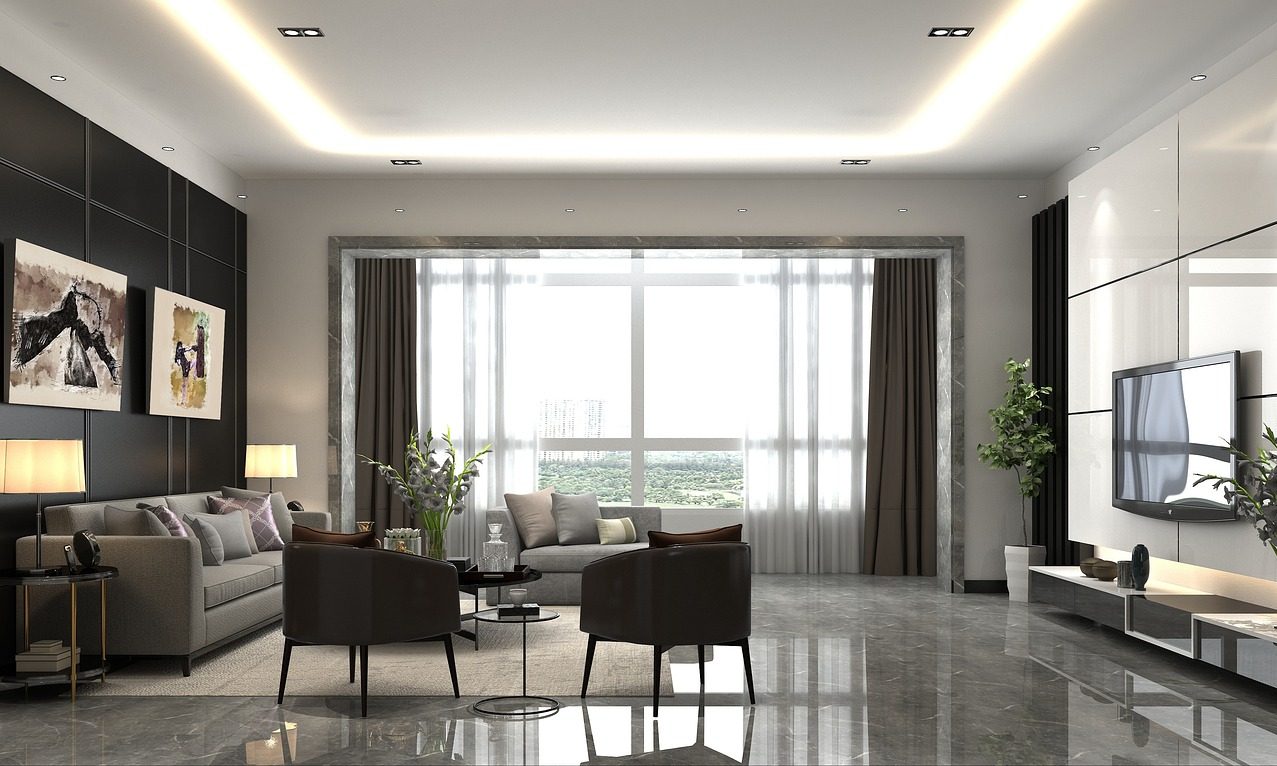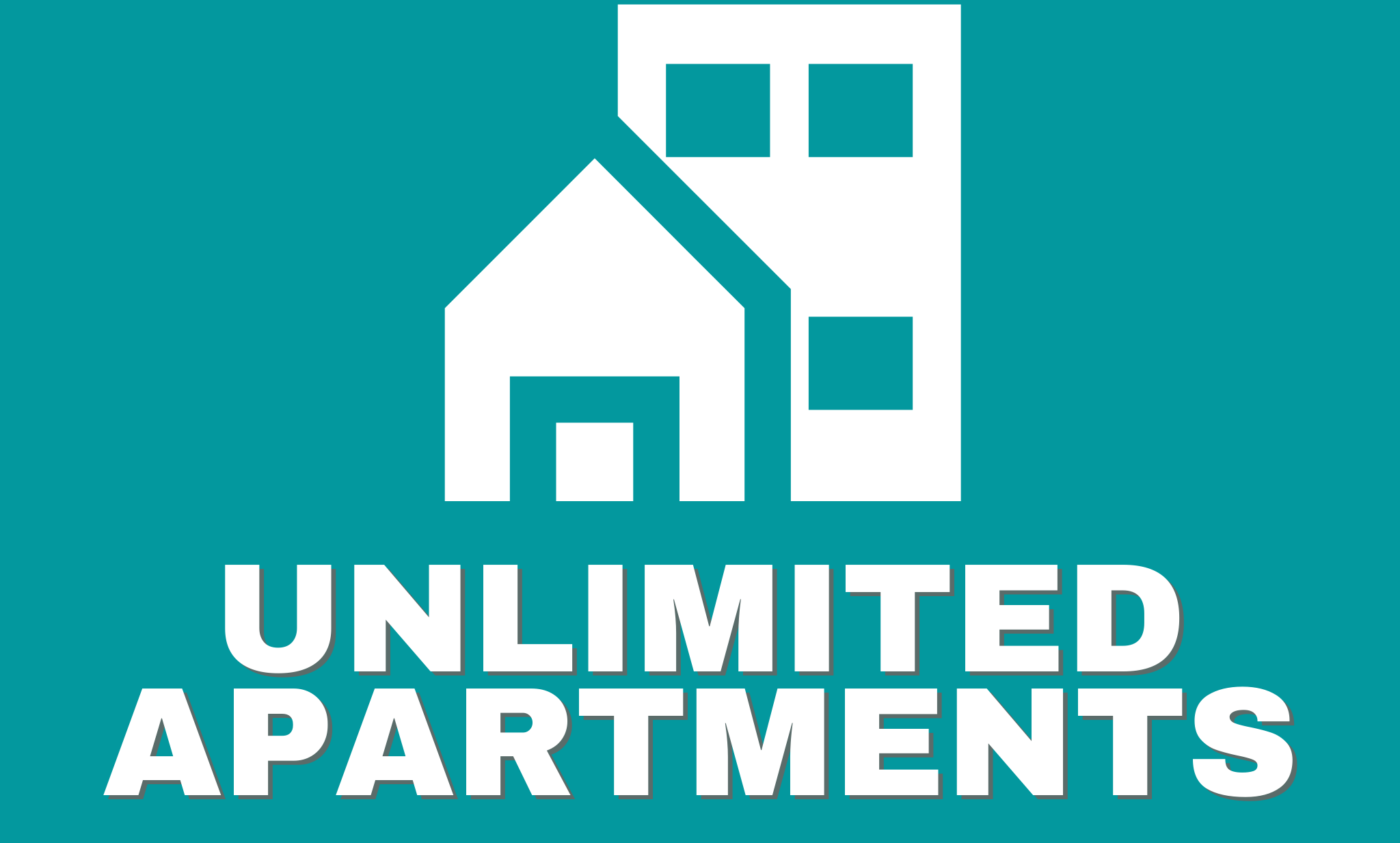
How to Get Hotter Water in Your Apartment
Apartment buildings typically utilize a central hot water system shared among multiple units, which may cause its temperature to decrease if too many people simultaneously use it for hot showering or bathing purposes. If too many residents want hot water at once, however, this could result in reduced availability and cause the temperature to drop drastically – potentially impacting availability as well as cost.
Calculating a common factor requires reading your complex’s data meter and multiplying that figure by an indicator that shows how many units on it were consumed each day, taking into account several variables including heat lost through pipes.
1. Check Your Thermostat
If you live in an apartment building, your hot water may come from a communal system. When other residents in your building use large quantities at once, this can negatively impact your supply and cause the thermostat to malfunction and stop running properly.
One of the primary reasons your water heater doesn’t produce enough hot water is that its hot water takes too long to travel from its tank through your pipes to your faucet, producing only lukewarm or even room-temperature water at first.
It could also be that the lower heating element needs replacing; to do this, switch the breaker switch OFF, remove plastic covers and insulation from panels containing both thermostat and heating elements, use multimeter’s Ohms setting to check continuity between them – ideally you should see readings of zero for working components.
Potentially, another cause could be that you have accidentally altered the thermostat settings in the past and forgot to revert them back. It’s not uncommon for people visiting with guests or family to alter the temperature settings on their water heaters and this can create unexpected issues down the line.
If you need assistance in changing the thermostat or don’t have access to your building manager, professional plumbers may be an expensive solution. Before making this decision, it’s wise to investigate further before calling someone in; alternatively if you possess electrical and plumbing knowledge you could attempt fixing this yourself with caution when connecting electrical connections; wear rubber gloves when handling hot water heaters!
2. Check Your Water Heater
Most apartment buildings use a central hot water heater to provide all residents with hot water, and if you are having difficulty with getting hot water for your bathroom this could be a telltale sign that the heater isn’t functioning as intended due to lack of maintenance or sediment buildup – both issues that are typically straightforward fixes.
Before calling in plumbers, start by turning on all the faucets in your apartment – from shower heads and bathroom sinks to the dishwasher – and observing whether all faucets produce hot water quickly or how long it takes for it to come on. Also pay attention to any discolored or discolored water as this indicates that your water heater requires cleaning or flushing.
If your water heater continues to cause you issues, turn off its power by resetting its circuit breaker and turn the hot water back on in your bathroom – once that has been accomplished test if it works or contact a professional to come take a look.
Note that sharing a hot water heater with other tenants in an apartment building may also have an effect on your own hot water supply. When other tenants use too much hot water at once, this may lead to your tank running dry before your unit can use any. Therefore it is essential that you monitor how much hot water you are using each month so as to not end up hoarding all of it yourself.
There are now newer hot water heaters on the market designed to be more energy efficient, known as on-demand water heaters and ideal for apartment dwellers as they only heat water when needed, thus saving on energy costs. If your building uses shared hot water systems, consider installing one of these high efficiency models to see if that resolves your issues.
3. Check Your Water Pressure
An enjoyable shower experience is one of the greatest pleasures in life, whether you need to unwind after an exhausting day at work or get ready for an exciting morning ahead. However, what matters most in an apartment shower is not its temperature but rather its pressure – without enough water pressure, showering may feel slow and disappointing. But don’t fret: There are simple solutions available to improve its water pressure!
First, if your low water pressure is limited to only one fixture in your home (such as sink or showerhead), it could be caused by a clogged aerator or cartridge. Remove it and soak it with white vinegar in order to dissolve any limescale build-up on its surfaces; once complete remove any water restrictors that might exist and restore proper pressure levels.
If the issue persists in multiple homes, it could be your municipal water supply. Reach out to neighbors to determine whether or not they’re also experiencing low water pressure before reaching out to the city to have them check the shutoff valve at street level for you and ensure it remains open.
Install a water pressure booster to increase the force with which water travels through your pipes, giving you additional pressure for an outstanding showering experience every time. This extra water pressure will give you what it takes for a fantastic bath or shower experience every time!
If all else fails and your apartment’s water pressure still seems low, consult with a professional plumber who can assess your system and recommend any necessary fixes.
Though not as common, excessive water pressure can still be an inconvenience for apartment residents. If your water pressure reaches levels sufficient to damage appliances in your apartment complex, costly repair bills could ensue. Now would also be an opportune time to contact the water department so they can inspect for leaks or any other possible issues within your building’s water pressure system.
4. Check Your Water Filter
Most apartment buildings share a common hot water system, and this may impact how much hot water you receive. If too many people are accessing this resource at once, then its availability could decrease for your apartment unit – in which case, speak with your building manager or landlord immediately in order to assess if this is indeed the case.
Some cities and towns provide public water supplies containing chemicals like chlorine, fluoride and other additives which could potentially enter your body through drinking water sources and cause health issues. A water filter can help filter these contaminants out – from plastic pitcher filters to faucet-mounted filters using carbon filtration; there are even whole house systems that treat all the water within your home!
Before making your purchase, first review your city’s Consumer Confidence Report or several previous ones to gain an idea of the substances present in its water supply. From there, decide what substances you wish to filter from your drinking water; if your city meets EPA standards regularly then perhaps filtering chlorine and chloramine are all that are necessary – though they can irritate skin, eyes, and respiratory tract. Upon making a selection make sure it fits with your faucet; some filters require adapters while some attach directly.

